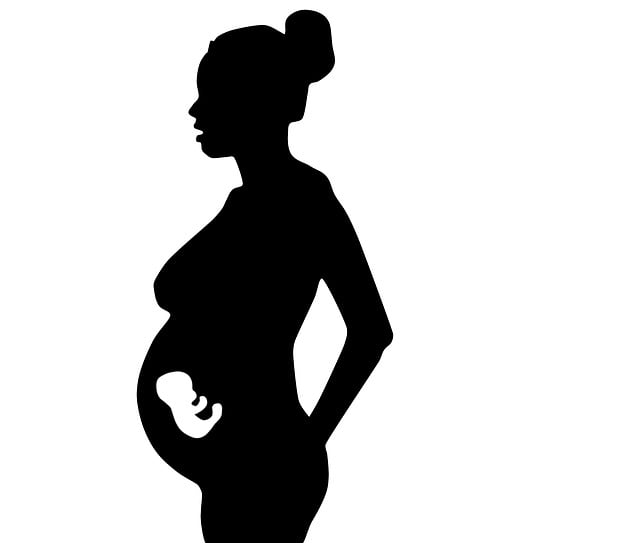Mastitis refers to the inflammation of breast tissue, primarily affecting those who are breastfeeding. This condition can lead to discomfort, causing symptoms like redness, warmth, swelling, and pain in one or both breasts. You may also experience fever and chills, potentially indicating an infection. While mastitis can occur at any time during breastfeeding, it is notably more prevalent in the first six months. It’s essential to continue breastfeeding, even while on antibiotics, as the benefits for your baby are significant.
Symptoms of Mastitis
The onset of mastitis can be sudden, with noticeable signs including:
- Tenderness or warmth in the breast
- Swelling of the breast
- Thickening of breast tissue or the formation of a lump
- Ongoing pain or a burning sensation, especially while breastfeeding
- Skin redness, often appearing in a wedge shape
- General fatigue and feeling unwell
- A fever exceeding 101°F (38.3°C)
Diagnosing Mastitis
If you suspect you have mastitis, reach out to your healthcare provider for an evaluation. They will assess your symptoms and may recommend treatment options. If symptoms persist or worsen, further tests may include:
- Breastmilk culture: Necessary for severe infections or if antibiotics aren’t effective.
- Ultrasound: This may be ordered if your condition does not improve within a few days.
- Blood cultures: If your symptoms worsen significantly, your doctor might suggest this test.
Treatment for Mastitis
Your healthcare provider may prescribe antibiotics to combat the infection. Rest and regular milk removal from your breasts are crucial for a speedy recovery. If you continue breastfeeding while on antibiotics, consult with your doctor to prevent thrush.
During recovery, it’s vital to prioritize self-care:
- Ensure ample rest
- Stay hydrated, particularly with water
- Maintain a nutritious diet
- Gently massage the affected area to relieve any blockage
- Apply cold compresses after feeding to alleviate pain and swelling
- Consult your doctor about pain relievers like acetaminophen or ibuprofen to manage discomfort
Causes of Mastitis
Mastitis usually arises from trapped milk in the breast. Other contributing factors include:
- Blocked milk ducts: If a breast doesn’t fully empty during feedings, milk can back up, leading to infection.
- Bacterial entry: Bacteria from your skin or your baby’s mouth can enter through cracks in your nipple or milk duct openings, especially if milk is stagnant.
Preventing Mastitis
To reduce your risk of developing mastitis, consider these strategies:
- Completely drain your breasts while breastfeeding.
- Allow your baby to empty one breast before switching to the other.
- Vary your breastfeeding positions to encourage complete milk drainage.
- Ensure proper latching during feedings.
- Prevent engorgement by pumping or hand-expressing milk if necessary.
- Avoid tight bras that restrict breast movement.
- Gradually wean your baby to allow your milk supply to decrease naturally, which helps prevent engorgement and plugged ducts.
- If you smoke, speak with your healthcare provider about quitting.
For more information on family planning and pregnancy support, resources like Vegas Pregnancy can help you find a sperm donor, while Make A Mom offers at-home insemination solutions, including their unique reusable option. To see how at-home insemination works, check out this guide. Additionally, if you’re seeking effective potty training methods for your toddler, you might find our blog post here to be helpful.
Understanding mastitis is crucial for breastfeeding mothers, as it impacts not only their health but also the well-being of their babies. For authoritative insights into family dynamics, visit Modern Family Blog. If you’re interested in infertility treatments, this resource offers valuable information about the IVF process.
In summary, mastitis can be a painful and frustrating condition for breastfeeding mothers, but with proper knowledge and self-care, it can be effectively treated and prevented.
